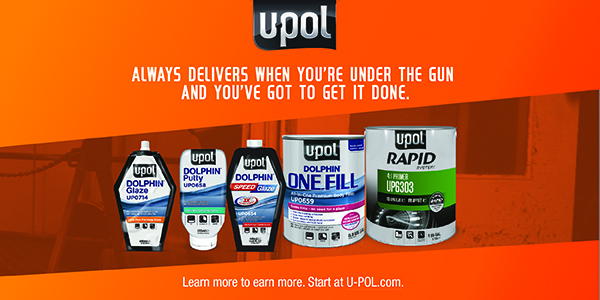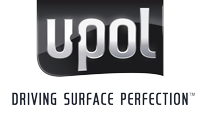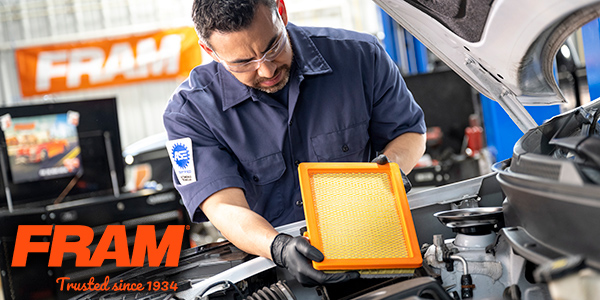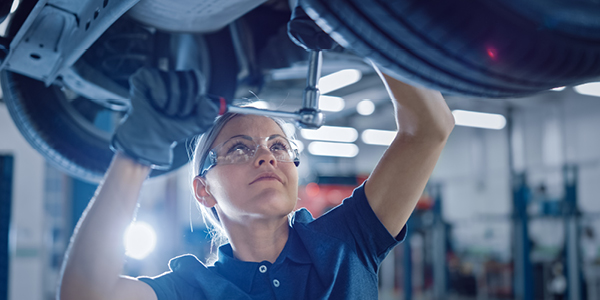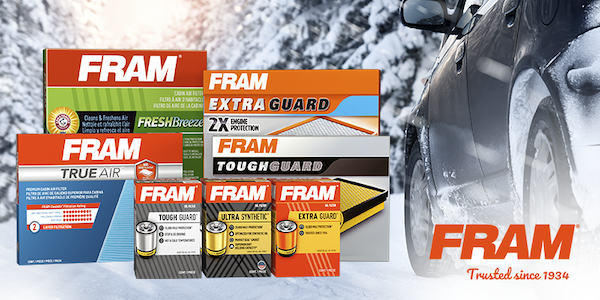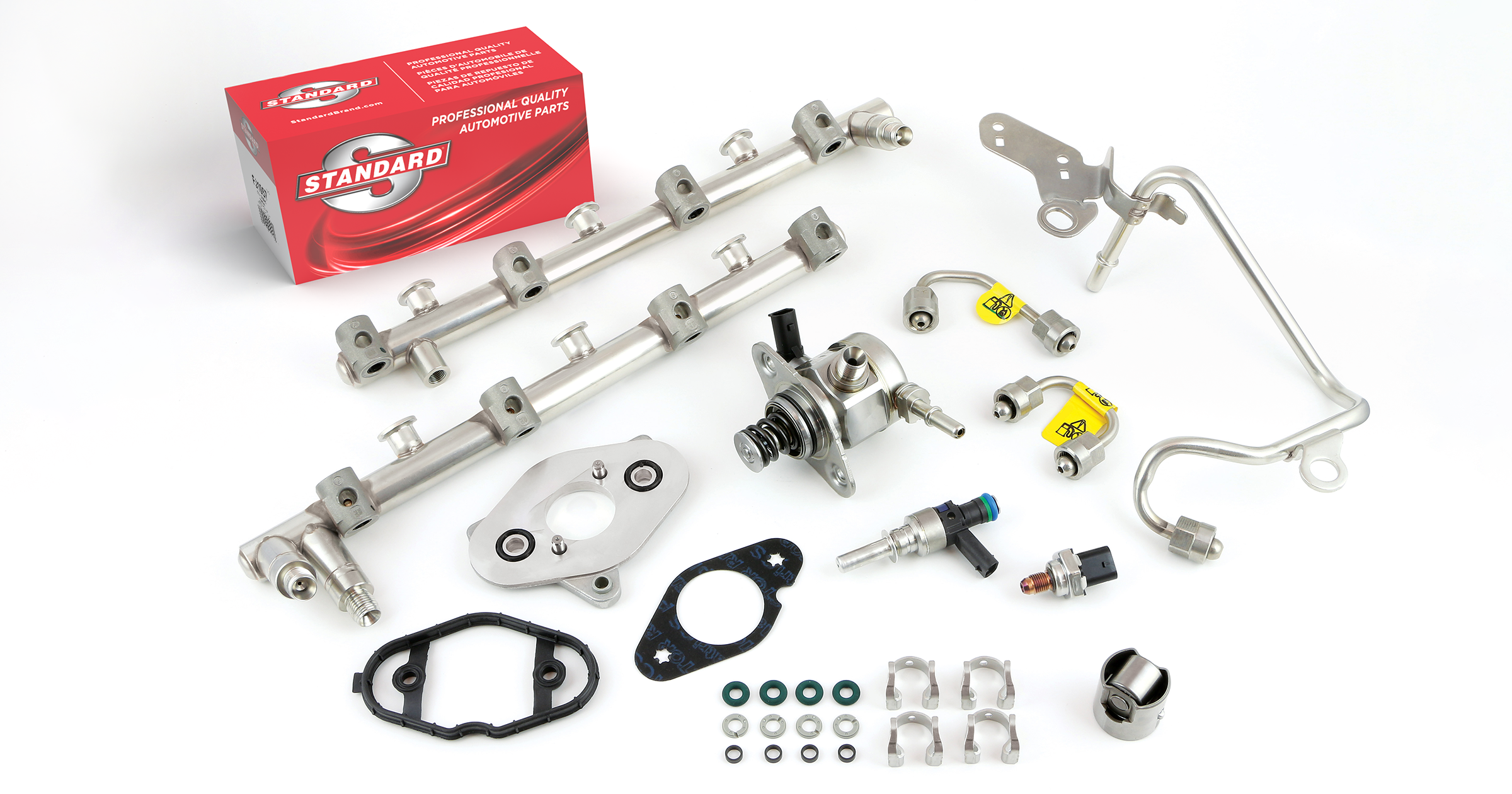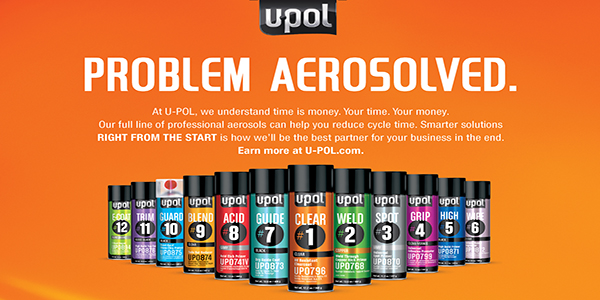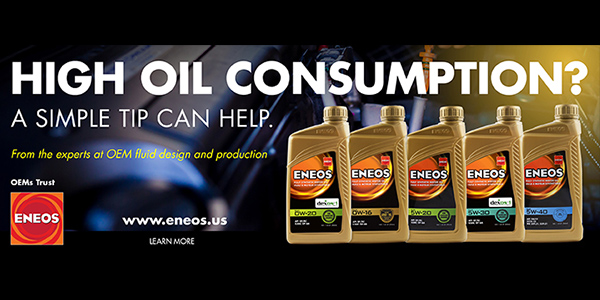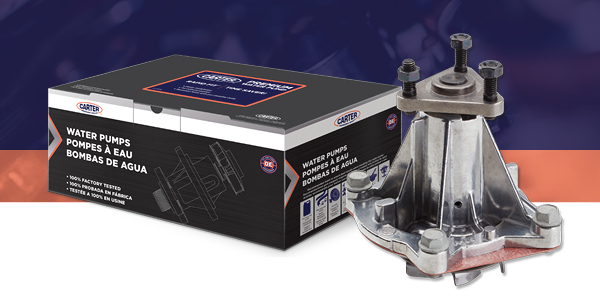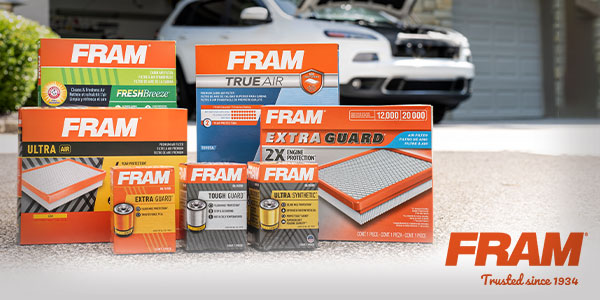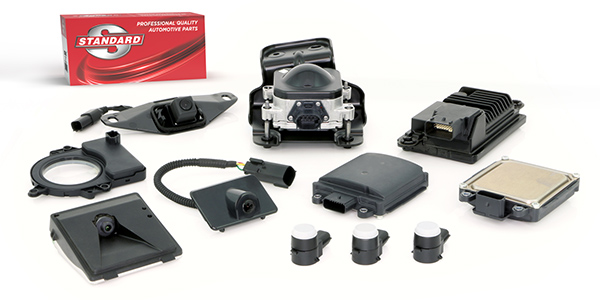Cycle time is one of the many metrics collision repair shops use to gauge their operational efficiency. Whatever can be done to shorten the time it takes to repair and return a vehicle to the consumer not only helps to achieve high customer satisfaction rates, but also maximizes throughput potential. There are a few paths a business can take to increase throughput, and depending on the manner adopted can affect results. Due to labor shortages and other challenging factors, sometimes shop technicians may need to work longer hours to increase throughput, but these improvements are usually short-lived and can lead to stress-related burn out. Instead of working longer hours, it may be worthwhile to evaluate your workflow, repair processes, and product and tools regularly used in your facility to determine how you can increase throughput and reduce cycle time:
1) Workflow Evaluation
- Can you make more efficient use of space?
- Have you checked for bottlenecks before and after they occur?
- Check with your technicians – often they can help identify ways to improve workflow.
2) Process Evaluation
- Do your teardown, estimating, and scheduling processes flow?
- What are your disassembly, priming, painting, and reassembly processes?
- Are you maximizing the time spent in the paint booth from priming to clearcoat?
- Have you considered paint booth spray zones, which allow painters to make the most efficient use of the spray booths, i.e., allowing them to paint multiple colors without getting overspray on other parts?
3) Product and Tools Evaluation
- Do you have the right technology to support your workflow and processes?
- Would accelerated curing systems, such as shortwave electric infrared systems help speed up your filler and coatings processes?
- Are your most frequently used products aiding or hurting cycle times in your repair processes?
- Have you considered UV curing systems, which work well for SMART repairs? Although these products require some sort of curing lamp, the cost associated with curing equipment has decreased through the years.
- Have you tried air-drying products, which will allow painters to apply product and let products cure in a different lane or spray zone so painters can multi-task priming, painting and clearcoat applications?
The goal of increasing throughput and reducing cycle times will dictate change… a change in mindset, workflow, process, and maybe even the products and tools primarily used in your facility. After deciding to look for ways to improve, what follows is up to you to decide what makes the most sense for your operation.
Sponsored by U-POL. To learn more, visit https://u-pol.com/en-us/

